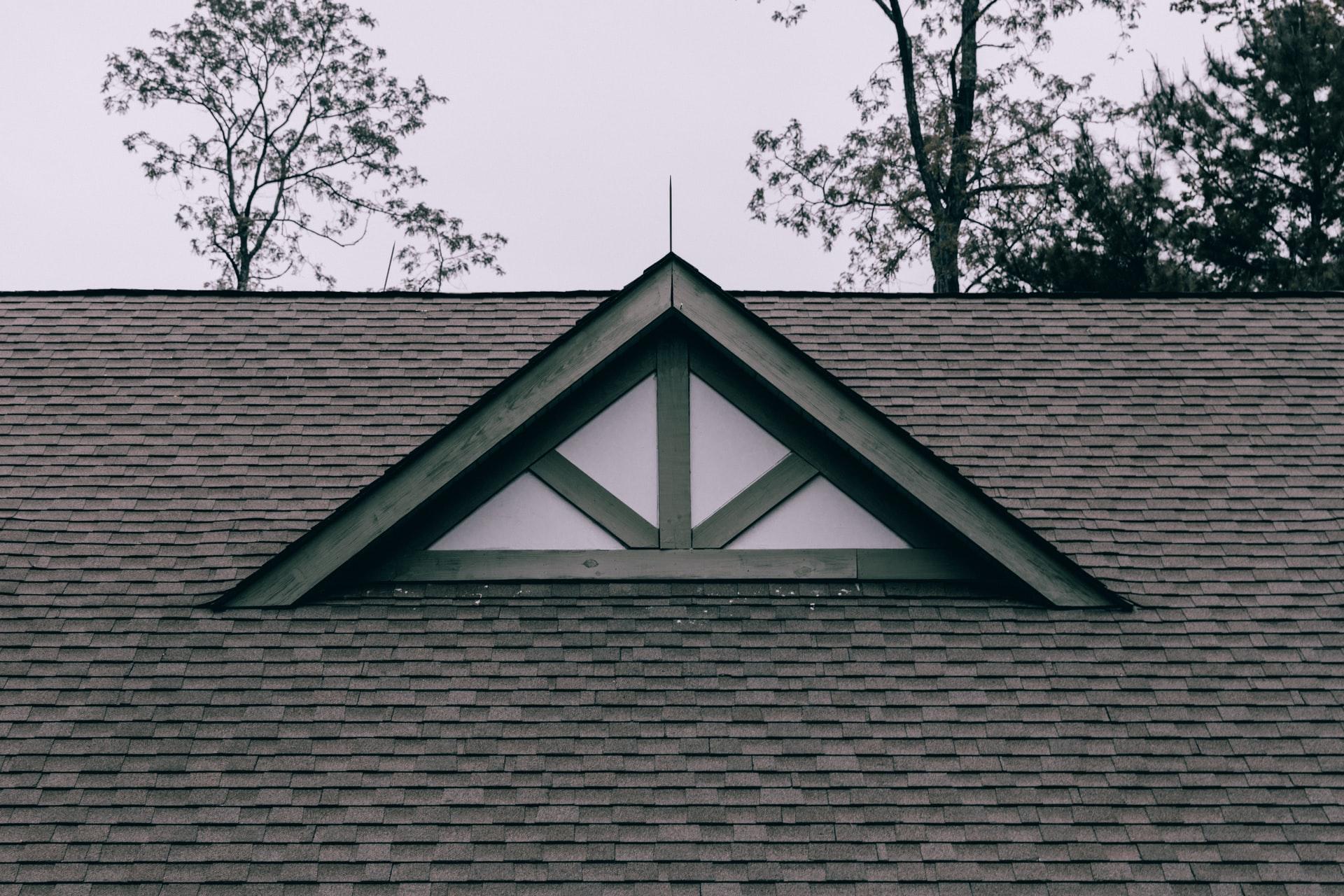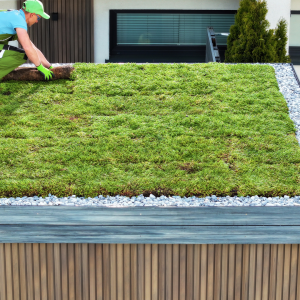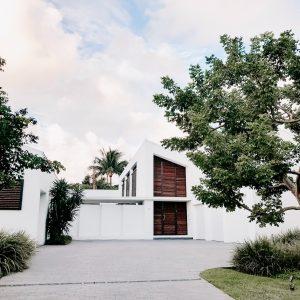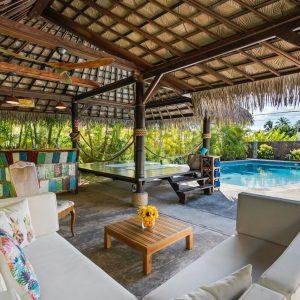SPF has become the industry standard for understanding and measuring the solar reflectance properties of solid materials. SPF has become so simple to apply and use. There are many options out there, which can make it intimidating to choose an SPF that best suits your needs.
Choosing the right SPF for your home
Pay attention to airflow and ventilation
When buying sunscreen, it’s essential to pay attention to airflow and ventilation in your home. The temperature of the room can change how effective your sunscreen is. If you are in a hot climate or have poor ventilation, you should use a higher SPF level than living in an environment with average temperatures and good airflow.
Check building codes to make sure your insulation meets or exceeds standards
Building codes, including the International Energy Conservation Code and the International Residential Code, recommend installing insulation in attics and wall cavities according to R-values or ratings for resistance to conductive heat flow. Good insulation can reduce energy costs associated with heating and cooling your home by 40 percent over 15 years.
Use quality materials from a reputable manufacturer
The right type of SPF is an essential part of your project. If they’re of low quality, even the most effective materials, applied properly, won’t provide the SPF they promise. Choose a reputable manufacturer who stands behind its products and offers quality installation guidelines.
Choose the most sustainable material possible to help increase energy efficiency while reducing waste
When looking to install a new roof or repair an older one, it’s essential to choose the suitable material that ensures your home is protected against the elements while also looking good. When using a sustainable material like recycled rubber, you can help lower your energy bills with its insulating properties as well as prevent waste and increase longevity by continuing to use a product that was once thrown away.
Choosing the proper colors and coatings
When choosing a sunscreen for your home, it’s essential to consider what surfaces you’re protecting. For instance, some of the most common protection areas are concrete and stucco, which absorb UV rays very quickly. When buying paint, multiple factors must be considered: color, surface preparation, and choice of manufacturer. That’s why it is recommended to choose a product with a minimum of SPF 30.
Choosing the proper installation method
Choosing the suitable SPF installation method is a crucial part of your decision to insulate your home. The cost and complexity of an SPF can vary greatly depending on the application and location in the building. It’s essential to consider factors such as accessibility, cost, timeframe, and ease of repair if damage occurs.
Understand the different types of sun rays
Sunlight is made up of different light rays that can damage our skin. Each type has a different level of ability to penetrate your skin. UVA rays and UVB rays are the main ones that cause sunburn and wrinkles. UVA rays are responsible for tanning, making your skin darker in color, while UVB rays cause sunburns. It’s essential to ensure you’re protected if you will be outside for an extended period. When finding the perfect SPF for your home, keep in mind the different sun rays and how they can affect your skin.
Choose the right roofing contractor
Getting a roofing contractor is an important decision. Whether you need a complete roof replacement or just a simple repair, finding a reputable and honest Richmond roofing contractor like Cenvar Roofing is crucial to ensuring your home has the best possible protection.
Limitations of SPF roofing systems
Environmental conditions
The SPF system requires sound design, adequate site preparation, and careful installation. It must be installed under suitable environmental conditions where adhesion can be maintained for the expected life of the finished roofing; this means it is not ideal for hot and cold climates or for repeated exposures to direct sunlight during storage, transport, and installation.
Overspray potential
The issue of overspray is at the forefront of discussions between contractors and homeowners regarding SPF roofing systems. Overspray can stick to many surfaces from great distances away, making it difficult for homeowners to control what they want to be done on their property with their own money. This causes a safety hazard for those retrieving items from far away.
Fumes
While the most significant drawback of SPF roofing systems is their limited life span, the biggest problem is an odor that can be pervasive during curing. Fragrances are usually not present during the application process, but they can become intense when curing and persist until the material fully cures. However, most are not harmful in any way. Some of these odors can be a nuisance.
Cost
The cost of SPF roofing systems is a factor to consider. While most people can figure out the labor and materials needed to install an asphalt shingle roof, it’s harder to handle the costs involved with installing a foam or synthetic material roof. This is because so many factors are involved in the overall installation process, making this project type more complicated than installing asphalt shingles or another traditional roofing system.
Conclusion
Choose an SPF roofing built with high-quality materials when you’re ready to update your roofing. This will give you the best protection from the elements year in and year out. To help you make an educated decision, we recommend reviewing multiple companies in your area. Whether you use reviews that are based on costs or customer satisfaction, you’ll have the information necessary to work towards making the best choice for your home.





